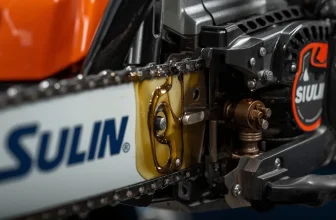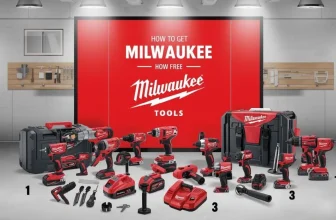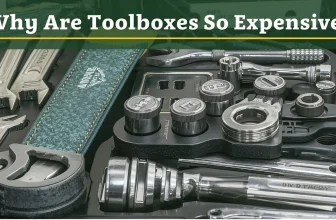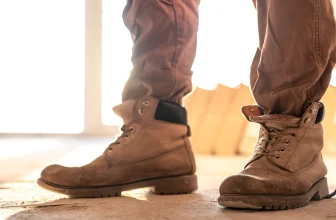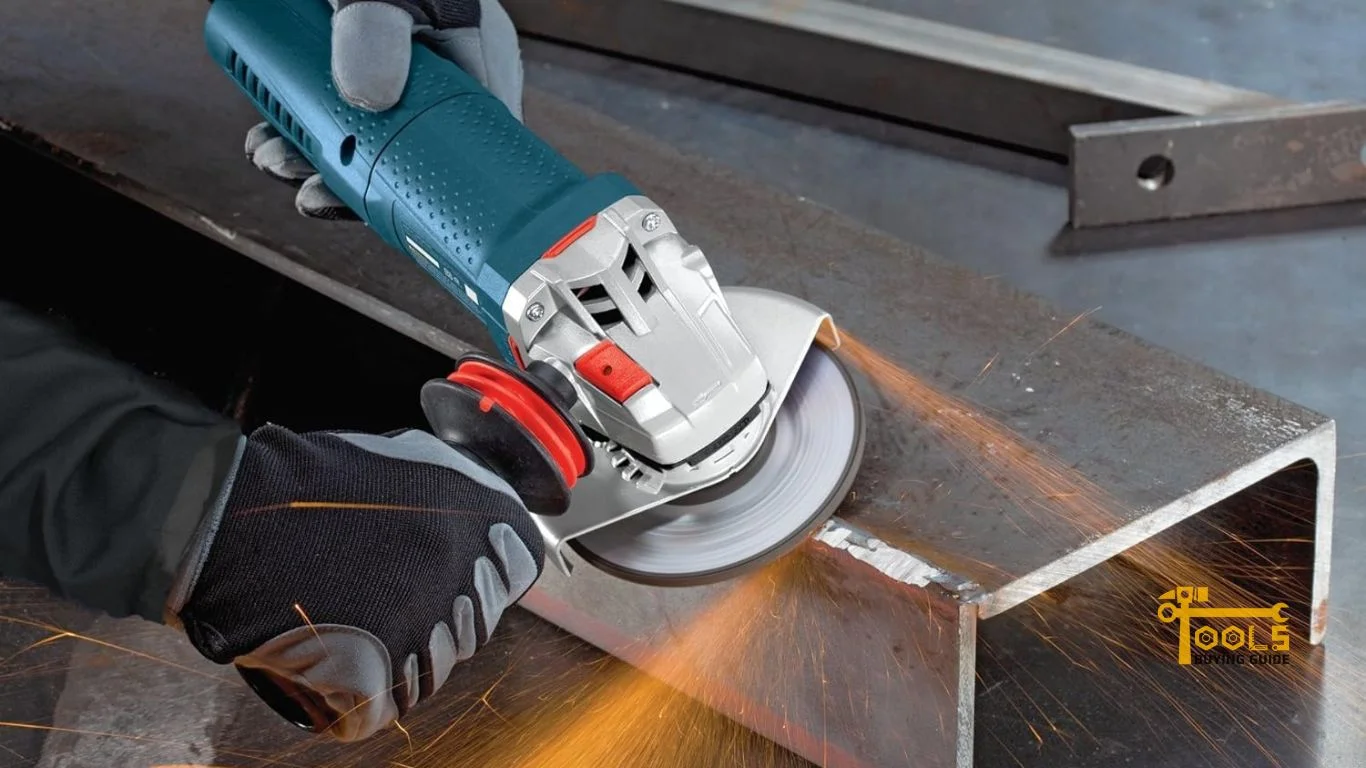
Do you ever feel like you’re in a fix that needs some serious grinding? Then an angle grinder might just be your tool of choice. Angle grinders are essential power tools for virtually any DIYer or professional contractor. But what is an angle grinder, and how does it work?
Angle grinders are powerful tools for cutting and grinding materials. They are multi-functional tools with an adjustable guard and side handle for easy use. Here’s an easy guide to understanding what angle grinders are, how to use a grinder tool, and the different types available. So let’s get grinding.
What is an Angle Grinder?
An angle grinder is a handheld power tool for cutting, grinding, and polishing surfaces. It is also known as a side grinder or disc grinder. This power tool utilizes a spinning disc that rotates at high speeds to perform various cutting, grinding, and polishing tasks.
An angle grinder is powered by an electric motor, air compressor, or petrol engine. The power source drives the spindle, which rotates the disc at a very high speed. An arbor nut secures the grinding disc to the spindle of the grinder and provides for quick and easy disc changes.
The angle grinder also includes a handle for better control and more accurate results. The handle features an adjustable safety guard to protect the user from potential hazards. Additionally, some models feature an electric cord or battery pack for greater flexibility.
What are the Parts of an Angle Grinder?
An angle grinder consists of several parts that work together to perform various functions. Here are some of the main parts of an angle grinder:
The motor of an angle grinder
The motor is the power source of the angle grinder and drives the spindle to rotate at high speeds. The motor power ranges from 500 to 2,500 watts depending on the size of the grinder and the type of material being worked with. You can buy angle grinders with different motors, including electric, air-powered, and gas-powered.
For angle grinding metal, the electric motor offers more power. For lighter work like cutting wood, an air-powered grinder might be a better option.
The spindle of an angle grinder
This is a metal rod that connects to the motor and holds the grinding disc firmly in place. The spindle rotates at very high speeds when the angle grinder is used. When rotating at full speed, the spindle can reach up to 12,000 RPM. You can adjust the speed of the spindle depending on the material you need to work with.
Arbor nut of an angle grinder
The arbor nut is a locking nut that attaches the grinding disc firmly to the spindle. This part makes it easy to change worn discs and attach new ones securely. For safety reasons, it is important always to double-check that the arbor nut is properly tightened before using a grinder. The materials used for the arbor nut should be strong enough to hold the disc in place despite the high torque and vibrations that occur when using an angle grinder.
Discs/blades of an angle grinder
The discs or blades are the most recognizable part of an angle grinder. These circular metal discs come in various types and sizes depending on the job they need to perform. For example, cutting discs are used for slicing through hard materials. Polishing pads, on the other hand, are used for polishing and buffing.
The angle grinding disc is the most common type of cutting and grinding materials. It has a coarse surface that can be made out of metal, diamond, ceramic, or other abrasive material. The discs come in a range of sizes from 4” to 9” in diameter, depending on the size of the grinder being used.
Disc size also affects the speed of the grinder, with smaller discs spinning faster than larger ones. This means that you can adjust your speed depending on what type of job you’re doing. A disc that is too large can cause the grinder to overheat, so compatibility is key.
The handle of an angle grinder
The handle of an angle grinder provides better control and accuracy while in use. It also features an adjustable safety guard to protect against potential hazards when using this power tool. Some models feature a retractable auxiliary handle for even greater control.
The handle is usually made out of plastic and features a grip to help reduce fatigue when using the tool for long periods of time. Some models even feature ergonomic designs with rubber grips, making them easier and more comfortable.
Safety guard of an angle grinder
The safety guard is an important part of any angle grinder and covers the blade or disc to prevent potential harm to the user. It’s adjustable and can be moved to fit different grinding discs. You must adjust the guard correctly before using your angle grinder. Grinders without a guard can become extremely dangerous and should be avoided.
Electric cord/battery pack (if applicable)
Angle grinders powered by electricity typically feature a power cord to plug into an outlet for power. Battery-powered angle grinders, however, have removable battery packs that can be recharged or replaced as necessary. This gives the user more flexibility and portability when using an angle grinder.
The parts of an angle grinder may vary depending on the make and model. Regardless, all of these parts work together to create a powerful tool that can help you with your projects.
Read Also Best Angle Grinder for Wood Carving
Types of Angle Grinders
Four main types of angle grinders vary by their power source.
Corded electric angle grinders
Corded electric angle grinders are the most common grinder powered by an electric motor. They typically feature a power cord that plugs into a standard outlet for convenient operation anywhere with access to electricity. This type of grinder is ideal for heavy-duty jobs, as it allows you to work continuously without having to worry about battery life or power source.
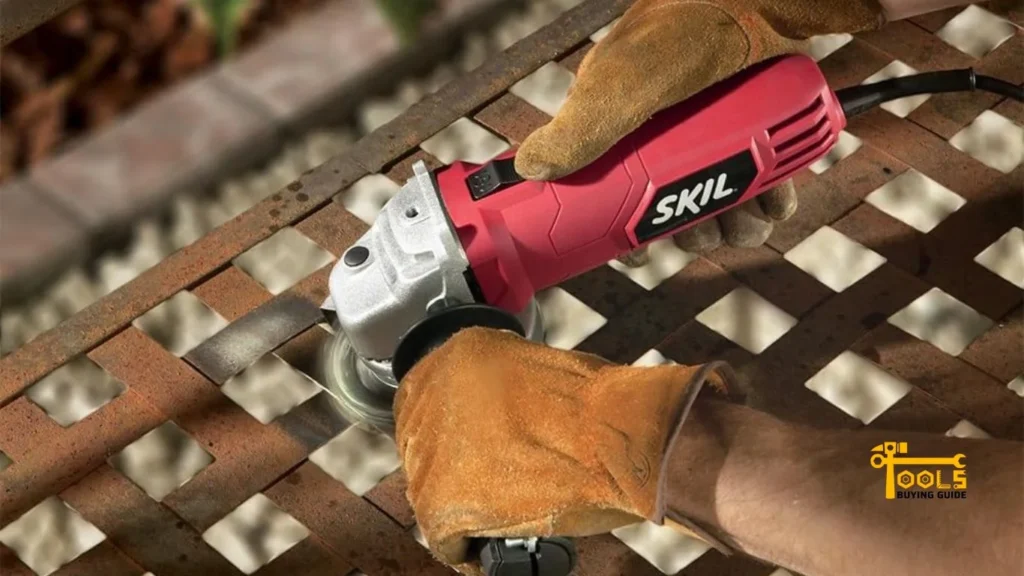
Battery-powered angle grinders
Battery-powered angle grinders are powered by a removable, rechargeable battery pack. This type of grinder is ideal for jobs that require portability and flexibility. You can take the grinder anywhere without worrying about access to an electrical outlet. The battery life must be monitored closely, however, as it will eventually run out and need to be recharged or replaced.
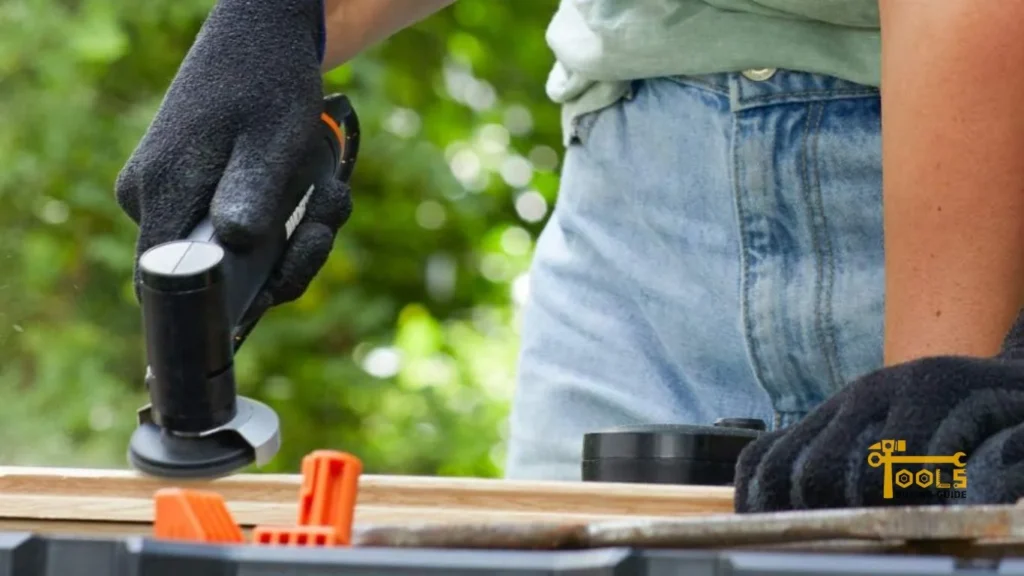
Air-powered angle grinders
Air-powered angle grinders are powered by compressed air and are ideal for jobs that require a lot of power. This type of grinder is often used in industrial settings, as it has more power than other types and can tolerate extensive use. The downside is that you must have access to an air compressor to use this type of grinder safely.
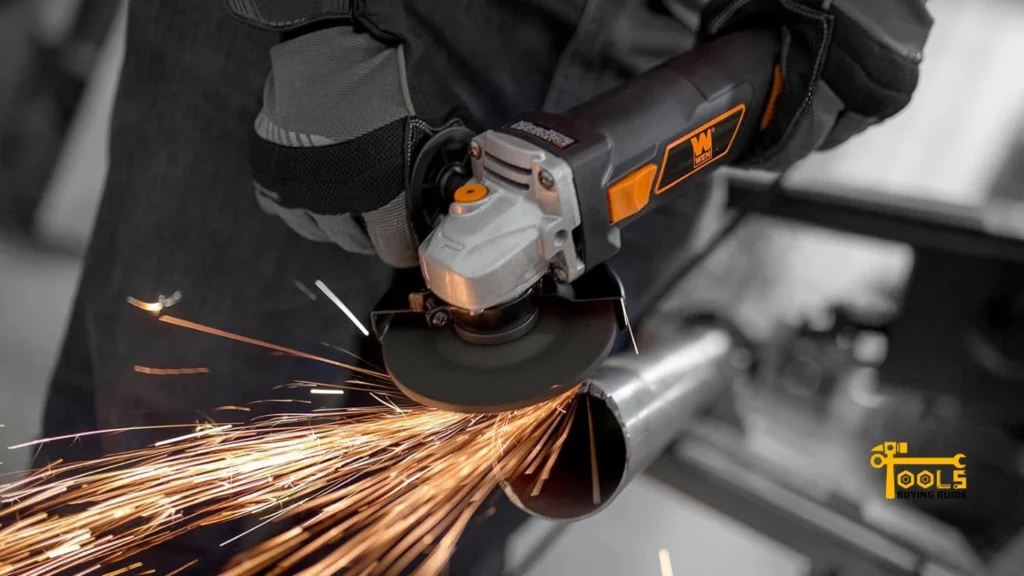
Gas-powered angle grinders
Gas-powered angle grinders are powered by gasoline and are the most powerful and durable of all angle grinders. This type is often used in construction or demolition projects, as it can easily cut through tough materials like concrete and metal. However, they require regular maintenance and must be used outdoors due to the risk of carbon monoxide poisoning.
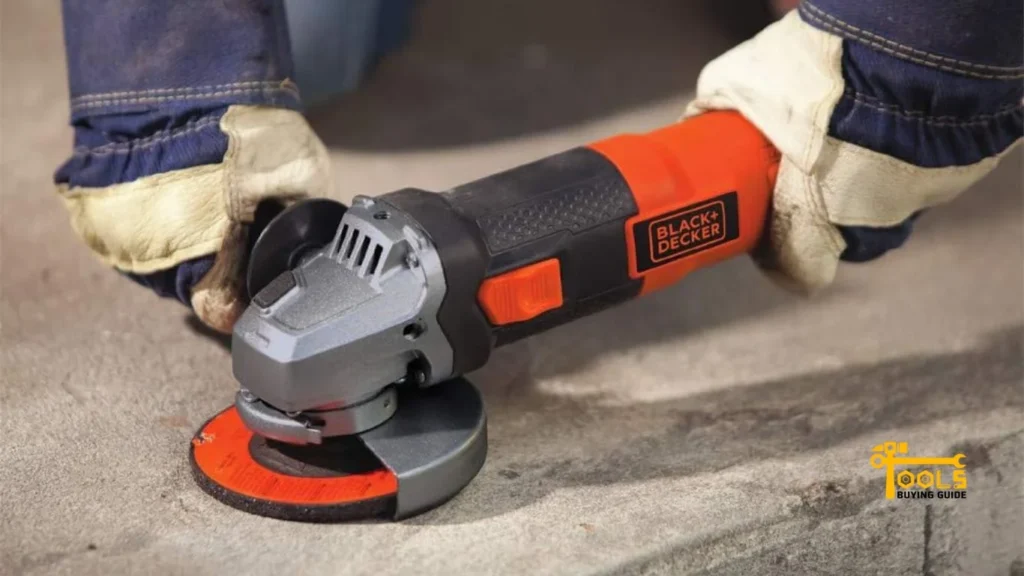
Read More about How to Cut Bricks with an Angle Grinder for Home Improvement Projects?
Which Angle Grinder is Right For You?
The type of angle grinder you need depends on the job you plan to use it for.
For light-duty jobs like cutting PVC and metal, a 4 1/2-inch grinder is usually adequate. Look for one with an adjustable guard to protect you from flying sparks.
For heavy-duty work like grinding concrete or stone, you’ll need a 7-inch grinder with a diamond grinding wheel. This type of wheel is designed to handle tough material without clogging.
If you plan on using your angle grinder for jobs that require precision, you’ll need one with variable speed controls and a safety lock-off button so you don’t accidentally start it up when changing accessories.
No matter what type of angle grinder you choose, make sure it’s equipped with an adjustable handle so you can use it in a variety of positions. And always remember to wear safety equipment when using an angle grinder — goggles, gloves, and ear protection are musts.
Frequently Asked Questions
The hardest material to cut with a grinder is a natural diamond. That’s why diamond-tipped blades are used for the toughest jobs like cutting concrete and tile. Of course, you’ll need an angle grinder with enough power to handle a diamond blade. And don’t forget to wear protective gear! It’s a dangerous job.
Angle grinders are not safe for use on wet or flammable materials. So steer clear of wood, paper, cloth, and other combustible items. Additionally, some metals can’t be cut with an angle grinder – including magnesium and titanium. An alternative tool, such as a band saw or plasma cutter is required to work with these materials.
A 4.5-inch grinder with a diamond blade can cut through concrete up to 2-3 inches thick. But if you’re dealing with materials thicker than that, it’s best to switch to a bigger grinder, one with a 9-inch wheel or larger. That way, you’ll get smoother cuts and better accuracy.
Angle grinders are powerful tools that need to be used with caution. Many models come equipped with safety features, including a no-volt release switch (which shuts down the grinder in the event of a power failure), an adjustable guard for protection from sparks, and a side handle for extra stability and control. Take advantage of these features, and always wear safety glasses when operating an angle grinder.
Angle grinders are versatile tools that can be used to cut, grind and polish a variety of materials. They are also relatively easy to operate and inexpensive compared to other power tools.
Angle grinders can also be dangerous if not used properly. The high RPMs and powerful blades can cause sparks or flying debris, so take the necessary safety precautions when operating a grinder.
Conclusion
So if you want to know what is an angle grinder, we’ve got you covered. An angle grinder is a powerful tool that can cut through all sorts of materials like metal, concrete, and stone quickly. With the right attachments, you can also use it for grinding and sanding. It’s an essential tool for any DIY enthusiast or professional tradesman.
However, with the right safety precautions in place, you’ll be ready to tackle any job with an angle grinder. So now that you know what an angle grinder is, it’s time to get your DIY on.


